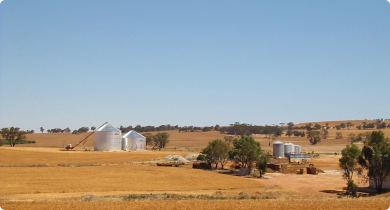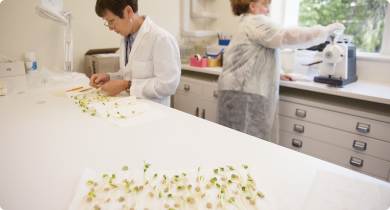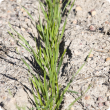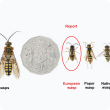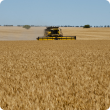Postharvest
From broad scale dryland cropping systems to intensive irrigated production the Department of Primary Industries and Regional Development works with industry and business to ensure market access locally, interstate and internationally for Western Australian produce.
Handling and storage postharvest is vital to maintaining quality of produce. The department provides information on optimal conditions for storage, including chilling and pest management as well as information on biosecurity in relation to export commodities.
Articles
Filter by search
Filter by topic
- (-) Remove Grains filter Grains
- Barley (5) Apply Barley filter
- Wheat (4) Apply Wheat filter
- Storage (4) Apply Storage filter
- Sowing (3) Apply Sowing filter
- Pests, weeds & diseases (3) Apply Pests, weeds & diseases filter
- Oats (2) Apply Oats filter
- Irrigated crops (2) Apply Irrigated crops filter
- Weeds (2) Apply Weeds filter
- Pastures (2) Apply Pastures filter
- Horticulture (2) Apply Horticulture filter
- Biosecurity (2) Apply Biosecurity filter
- Biosecurity & quarantine (2) Apply Biosecurity & quarantine filter
- Canola (2) Apply Canola filter
- Pests (1) Apply Pests filter
- Plant biosecurity (1) Apply Plant biosecurity filter
- Testing (1) Apply Testing filter
- Nursery & cutflowers (1) Apply Nursery & cutflowers filter
- Pulses (1) Apply Pulses filter
- Export services (1) Apply Export services filter
- Agricultural exports (1) Apply Agricultural exports filter
- Crop weeds (1) Apply Crop weeds filter
- Diseases (1) Apply Diseases filter
- Food, export & investment (1) Apply Food, export & investment filter
- Grains research & development (1) Apply Grains research & development filter

